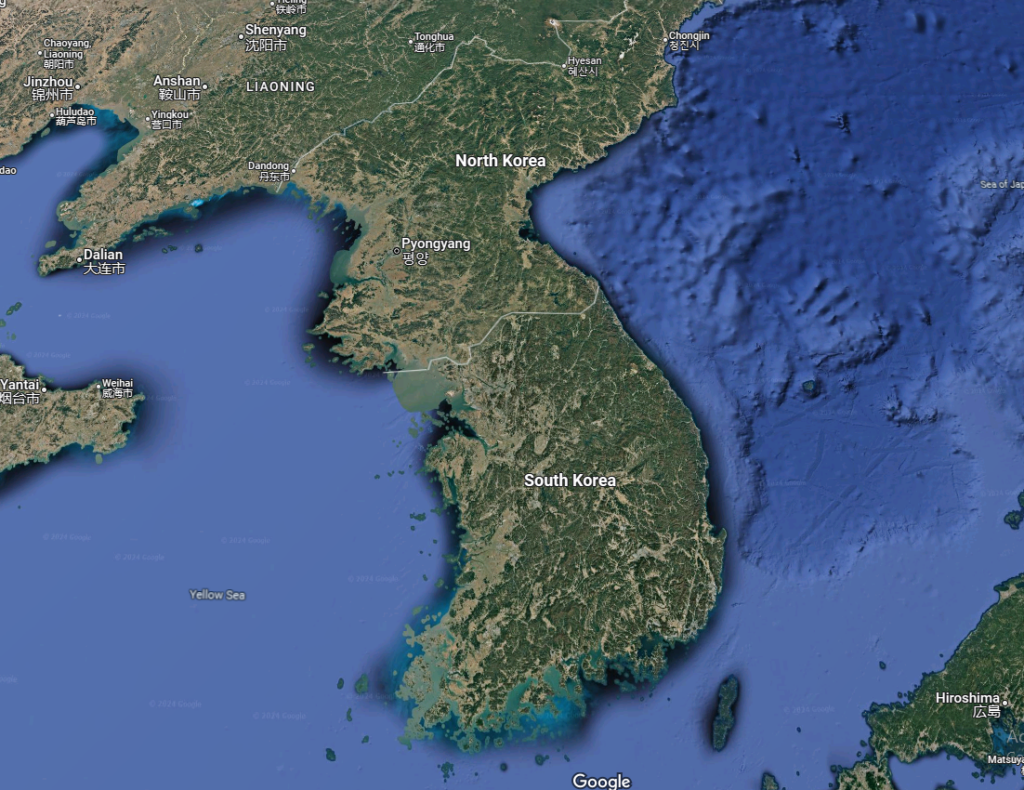How One Country Became Two Warring Neighbors
Ancient Korea: A Unified Civilization
The history of Korea spans over 5,000 years, marked by rich cultural and political traditions. The Goguryeo, Silla, and Baekje kingdoms thrived on the peninsula, creating a vibrant and unified civilization. During the Joseon Dynasty (1392–1910), Korea developed as a single, flourishing nation. However, this unity faced a turning point in the early 20th century when Japan’s imperialist ambitions disrupted centuries of harmony.
Japan formally annexed Korea in 1910, imposing cultural and economic control. Korean resistance movements emerged, but independence only became possible after Japan’s defeat in World War II. This historical juncture set the stage for Korea’s eventual division.

World War II and the 38th Parallel
Japan’s surrender in 1945 ended its occupation of Korea, but the Korean Peninsula became a new battleground for global powers. The United States and the Soviet Union, allies during the war, became adversaries during the Cold War. To manage post-war Korea, the 38th Parallel was chosen as a temporary dividing line.
The Soviets took control of the north, while the US oversaw the south. This division was never intended to be permanent, but ideological differences between communism and democracy deepened the rift. By 1948, two separate governments were formed: North Korea under communist Kim Il-sung and South Korea under democratic Syngman Rhee.
The Korean War and Permanent Division
In 1950, North Korea invaded South Korea with Soviet and Chinese support. The US and United Nations forces intervened on South Korea’s behalf. The war raged until 1953, claiming millions of lives and devastating the peninsula.
Although the fighting ended with an armistice, no formal peace treaty was signed. A Demilitarized Zone (DMZ) was established near the 38th Parallel, creating a tense and heavily guarded border that persists today.

Diverging Paths: North and South Korea Today
North Korea pursued self-reliance under the dictatorship of Kim Il-sung and his successors. It remains isolated, with a closed economy and significant international criticism for human rights abuses.
South Korea embraced democracy and economic growth. It is now a global leader in technology and pop culture, home to brands like Samsung and cultural phenomena like K-pop.
The Legacy of Division
The separation of Korea is a stark reminder of how global conflicts can shape national destinies. While South Korea thrives as a modern democracy, North Korea remains an isolated authoritarian regime. Despite sharing history, language, and culture, the two Koreas remain divided by ideology and politics.
Our Visitor






 Users Today : 42
Users Today : 42



